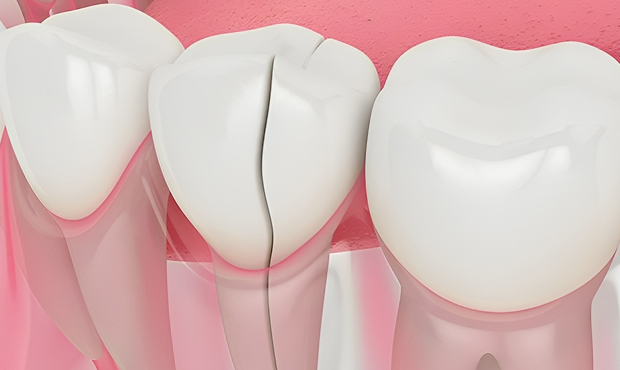Types of Dental Root Fractures

Different Kinds of Dental Root Fractures
Taking care of each layer of your tooth is crucial for a healthy and happy mouth. Dental root fractures can lead to discomfort and pain, so it's important to seek treatment promptly. If you think you may have a fractured tooth, don't wait to protect your oral health. Contact Cedar Grove Dental Group in Cedar Grove, NJ and the surrounding area at (973) 857-0567 to learn more about our services or schedule an appointment.
The different layers of the teeth
The teeth are made up of three layers: enamel, dentin, and pulp. Enamel is the outer layer that shields the inner layers of the tooth. Dentin, the second layer, contains tubules that provide a protective barrier between the enamel and the innermost layer of the tooth. The pulp, the final layer, houses nerves and blood vessels that keep the tooth alive.
It is crucial to properly care for your teeth to safeguard these layers. Even small untreated fractures can lead to serious problems. A fractured tooth can harm the enamel and make the other layers more vulnerable to damage. Patients with a fractured tooth should contact us promptly to preserve their oral health.
“The teeth consist of the enamel, dentin, and pulp.”
Different Kinds of Dental Root Fractures
When the hard shell of a tooth breaks, it is known as a tooth fracture. While the enamel normally protects against disease and bacteria, a fracture can weaken this defense. If a crack is severe, it can allow germs to enter the pulp cavity and lead to an infection. Various types of dental root fractures exist.
- Oblique subgingival fractures
- Oblique supragingival fractures
- Oblique root fractures
- Vertical apical fractures
- Vertical furcation fractures
- Vertical root fractures
“Although the enamel acts as a shield against disease and bacteria, a fracture can compromise this protective layer.”
Fractures that are at an angle
Fractures below the gumline
Oblique subgingival fractures occur when a tooth breaks below the gum line. The extent of the fracture determines its severity. These fractures can be painful because the broken tooth often remains in the gums. However, some patients may have a subgingival fracture for years without experiencing any pain.
Supragingival fractures occur above the gum line
This specific type of oblique fracture only impacts the top part of the tooth, known as the crown, and does not reach below the gum line. Typically, a supragingival fracture causes the broken part of the tooth to come off. Patients usually feel minimal pain since the nerves and blood vessels in the pulp are unharmed. While immediate pain may not be felt, without treatment, this fracture could result in infection or future discomfort.
Fractures of the root
Oblique root fractures typically do not impact the visible surface of the tooth. Instead, the damage occurs beneath the gum line, often under the bone. Although these fractures are not easily seen, they can be quite painful. Treatment for oblique root fractures may involve root canal therapy or extraction, depending on the proximity of the fracture to the tooth's surface.
“Oblique subgingival fractures extend below the gum line.”
Fractures that run vertically
Fractures at the apex
Vertical apical fractures are fractures that occur at the apex or tip of the tooth root. Patients experiencing severe pain due to these fractures often consider extraction as a solution. The pain is caused by tooth fragments putting pressure on the bone. While root canal therapy can provide relief, extraction may be necessary in some cases. Our dentist can help patients determine the most suitable treatment option.
Furcation fractures are root fractures in teeth
Vertical furcation fractures occur when the roots of a tooth separate, typically affecting the tooth's nerves and causing pain and difficulty with everyday tasks like eating and speaking. Fortunately, root canal therapy and a crown can often save the tooth from splitting completely.
Root fractures
Vertical root fractures occur when a portion of the tooth root fractures. This type of injury is rare and typically occurs in teeth that have undergone endodontic treatment such as root canal therapy. In cases where the vertical root fracture is short, an apicoectomy may be able to save the tooth. Extraction is the most common treatment option, but there have been studies exploring the possibility of reuniting fractured roots with varying levels of success.




